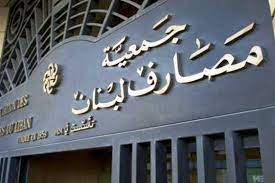
Lebanese Banking Sector’s Economic Crisis
Lebanon Banking Sector Crisis
Lebanon’s financial collapse since 2019 is a story of how a vision for rebuilding a nation once known as the Switzerland of the Middle East was derailed by corruption and mismanagement as a sectarian elite borrowed with few restraints.
The Lebanon financial and economic crisis is likely to rank in the top 10, possibly top three, most severe crises episodes globally since the mid-nineteenth century.
The Debt mountain reached 150% of national output, the GDP per capita fell by 40%, while the bank loans had fallen by 25% year on year.
Banking Non-performing Loans to total gross loans (%) world development indicator in Lebanon.
According to the World Development Indicators, a nonperforming loan (NPL) is a loan in which the borrower is default and hasn’t made any scheduled payments of principal or interest for some time
The increasing drift of NPLs will affect the banking efficiency resulting in banking crises.
The increase in NPL was 50% year by year starting 2018.

Commercial banks and other lending (PPG + PNG) (NFL, current US$) World Development Indicator in Lebanon.
This increase in NPLs was reflected sharply on the monetary value from commercial banks as they stopped issuing transactions deposits and forced a sharp limit on loans.
2019 and 2020 recorded high negative loss in PPG and PNG.

Any effort to control the growth must, therefore, start by strengthening or adjusting the balance of payments; a reduction in borrowing without an accompanying adjustment of the balance of payments will simply result in payments arrears.